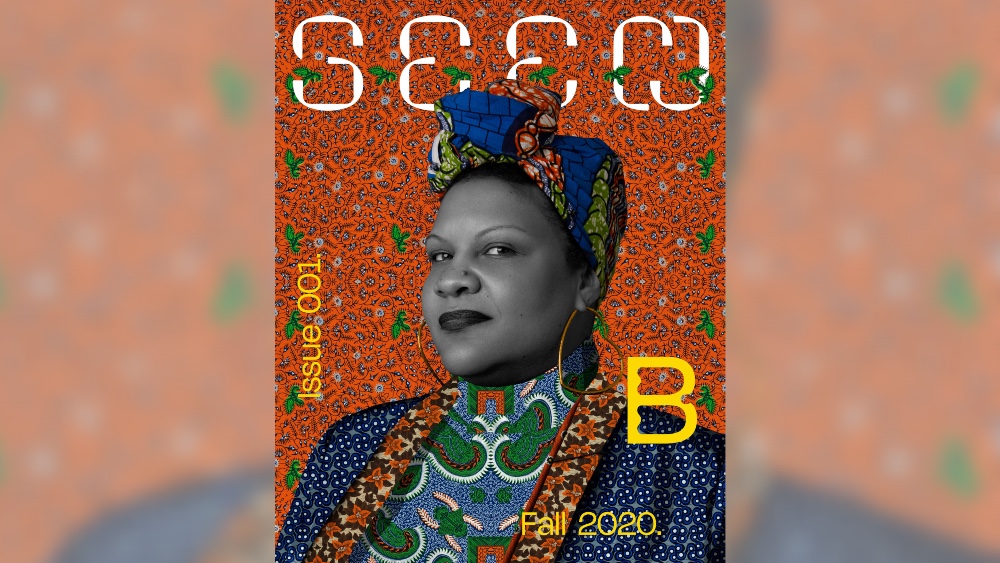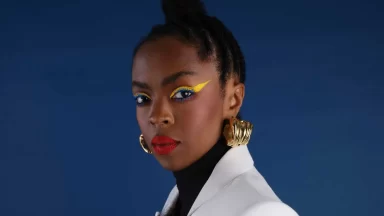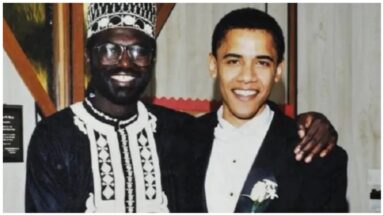Hip Hop. The film’s title was a play on the Southern adage for children to be “seen and not heard” in public spaces, one to which I felt women and gender non-conforming folks on the hip hop scene were also unofficially (and sometimes officially) conscripted, despite their essential contributions. Fresh out of graduate school, the journey of that film and the folks and institutions I encountered during its festival run directly led to my founding BlackStar Projects, and the BlackStar Film Festival. And now my work on BlackStar has led to this new publication, Seen, a journal of film and visual culture made for and about Black, Brown, and Indigenous artists of color.
Dave Chappelle Talks Trump, 2020 Election and COVID-19 on New Episode of Joe Rogan Podcast [WATCH]
Being seen feels especially challenging right now, as we are collectively relegated to be inside of our homes, watching one of the fifty-lleven new streaming platforms or stuck in a social media wormhole. We felt that acutely during this summer’s BlackStar Film Festival, which was moved online due to the pandemic, depriving so many of us of the in-person social interactions which typically provide creative fuel to last a season or a year. As artists of color, we have always had to contend with our work being overlooked and ignored. We are practiced in finding each other, making demands of institutions, and building worlds anew. With Seen we are attempting to highlight why our perspectives on our art have always been and continue to be vital.
We chose the name Seen because of its multiplicity of meanings – there are so many ways to see and be seen and to be understood. We asked our contributors to answer the question: “What does it mean to be seen?” Some of their answers are printed in the issue, but for me the question hinges on the difference between being seen and being watched. The former feels like community, solidarity and acknowledgement, while the latter conjures consumption, isolation, and potential danger. Extractive versus generative. There is of, course, nuance to all of this, which is partly what the contributors in this issue are exploring.
Maori Karmael Holmes is the Artistic Director and CEO of BlackStar Projects. The above is an adaptation of the Letter from the Editor which appears in Seen Issue 001, now available on BlackStar’s website here.
Source: Why I’m Starting A New Film And Visual Culture Journal Made By And For Us




Recent Comments